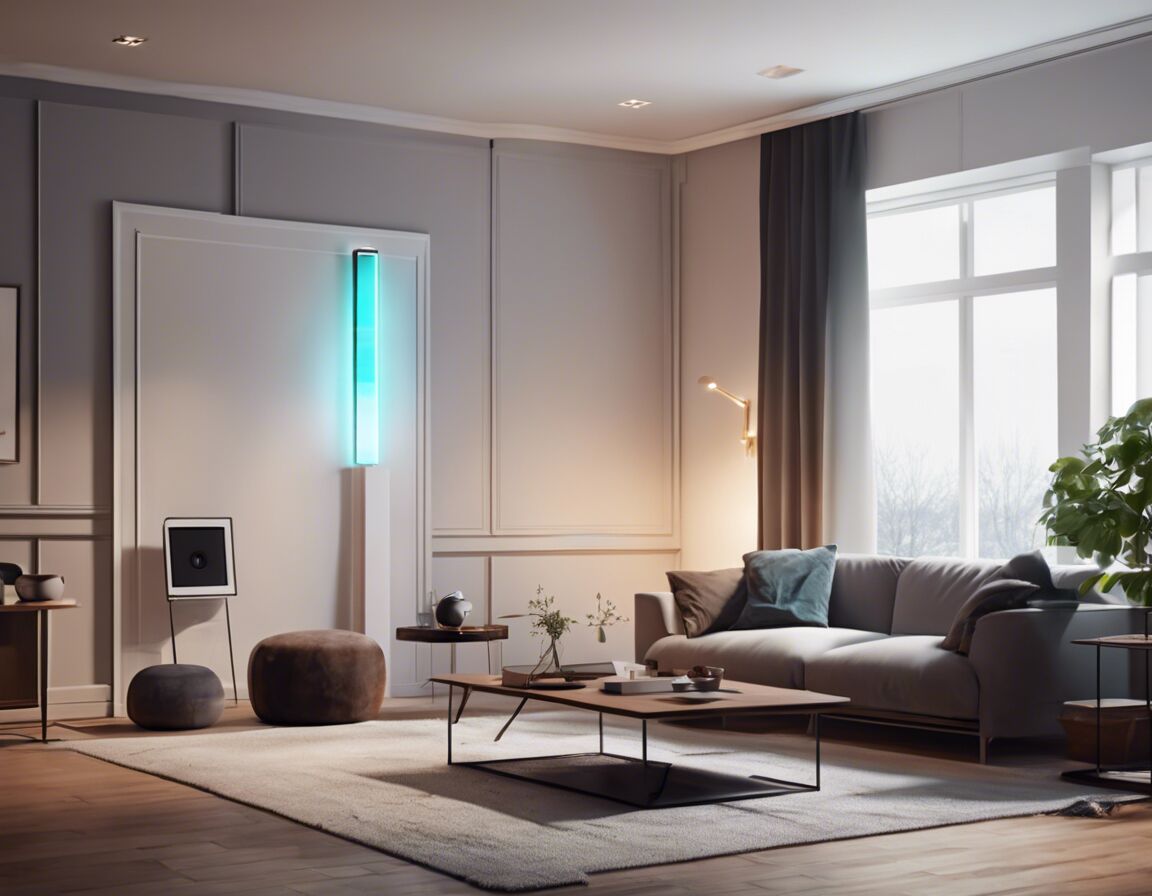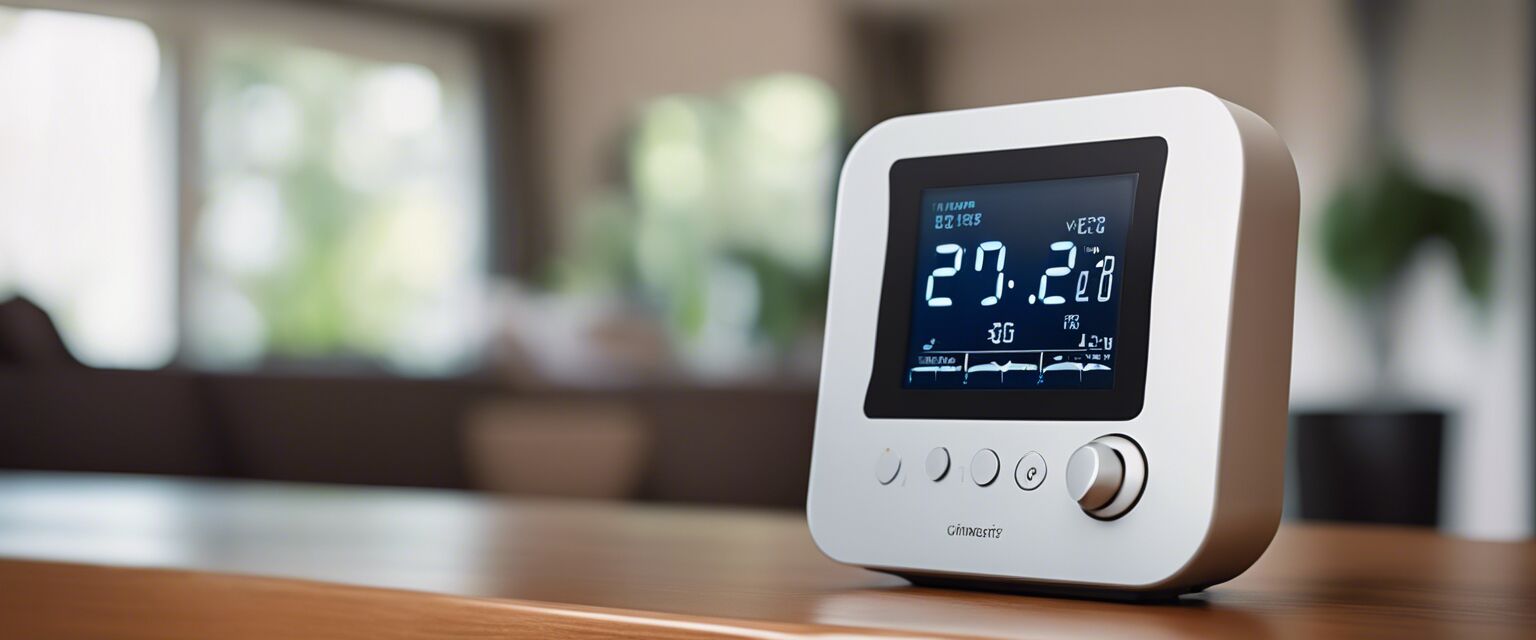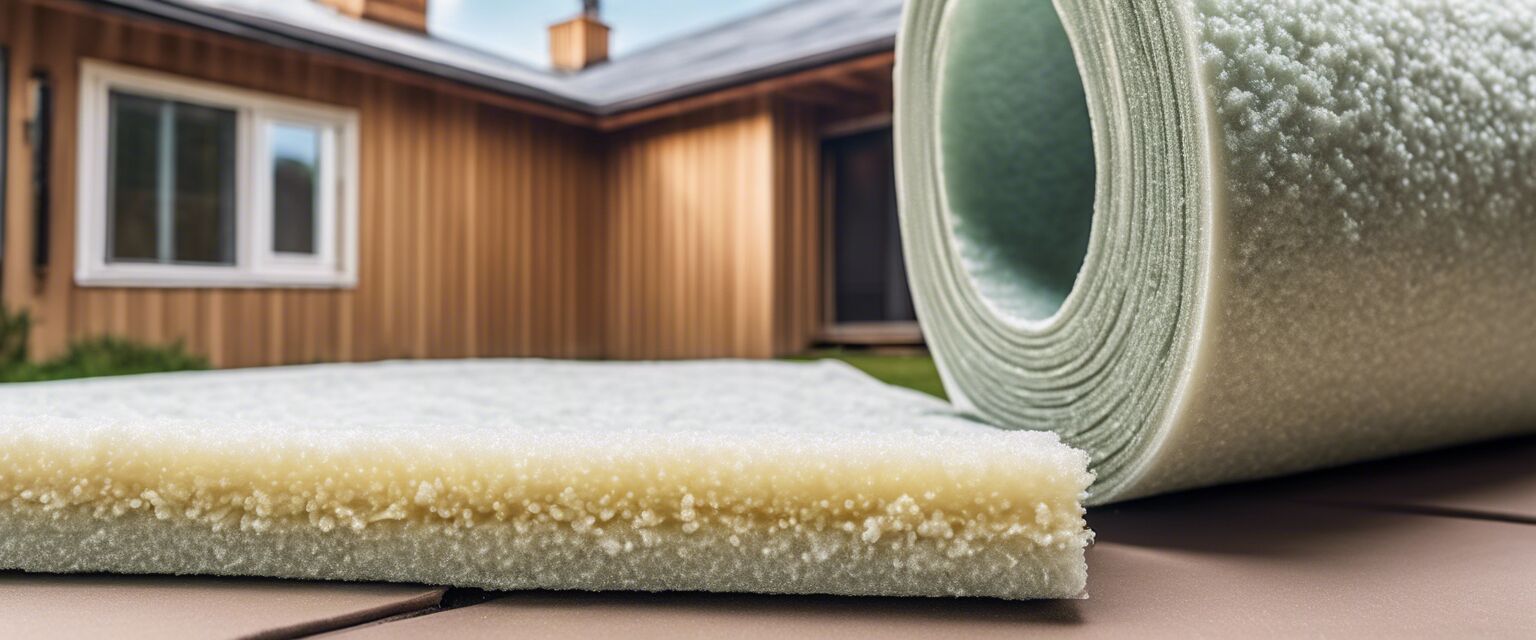
Green Home Automation
Key Takeaways
- Smart home technologies can significantly reduce energy consumption.
- Automation helps in monitoring and controlling household systems seamlessly.
- Investing in eco-friendly devices pays off in the long run through savings.
- Creating an integrated smart home can enhance both comfort and sustainability.
In today's world, where sustainability is not just a trend but a necessity, green home automation has become a key component of energy-efficient living. Smart technologies are making it easier for homeowners to integrate eco-friendly solutions into their daily lives. This article explores how you can embrace green home automation to promote energy efficiency, reduce carbon footprints, and make smarter living choices.
What is green home automation?
Green home automation involves the use of smart technologies that allow you to manage your home systems efficiently. From lighting to climate control, these technologies are aimed at minimizing energy consumption and promoting sustainability. Here are some of the primary areas where automation can transform your home:
- Energy-Efficient Lighting
- Smart Thermostats
- Automated Energy Monitoring
- Water Conservation Systems
- Solar Power Solutions
Benefits of green home automation
Integrating smart technologies into your home offers a myriad of benefits, which include:
- Energy savings: Reduced utility bills through efficient energy use.
- Convenience: Remote control of devices for added ease.
- Environmentally friendly: Lower carbon footprint by minimizing waste.
- Increased property value: Modern homes are more attractive to buyers.
Key components of green home automation
| Component | Description | Energy Efficiency Features |
|---|---|---|
| Smart Thermostats | Devices that learn your schedule and adjust heating/cooling accordingly. | Reduces energy wasted on heating/cooling when not needed. |
| Smart Lighting | Automated lighting systems using LED bulbs that can be controlled remotely. | Use of sensors to adjust lighting based on occupancy, enhancing energy savings. |
| Smart Plugs | Plugs that control power consumption of connected devices. | Allows for real-time monitoring of energy use and scheduling to reduce costs. |
| Solar Power Systems | Devices that harness solar energy to power your home. | Significantly reduces reliance on fossil fuels and cuts energy costs. |
Energy-efficient appliances
Upgrading to energy-efficient appliances is a great way to begin your green home automation journey. Energy-efficient sources not only lessen energy costs but enhance overall appliance performance.
Explore more on energy-efficient appliances.
How to implement green home automation
Getting started with green home automation can be a manageable and rewarding project. Hereâs how you can start:
Tips for Beginners
- Start small: Choose one area, like lighting or climate control, and expand from there.
- Educate yourself: Research the types of technologies available that fit your needs.
- Invest in compatibility: Ensure new devices can work together for seamless integration.
Integrating smart home technology with renewable energy
Integrating smart home systems with renewable energy sources is a powerful way to enhance your green lifestyle. Solar panels, for instance, can be managed through smart applications to maximize efficiency.
For deeper insights on integrating renewable resources, check out our guide on solar power solutions.
Best practices for automation
- Regularly update your devices and software for optimal performance and security.
- Monitor your energy consumption to identify areas for improvement.
- Educate all household members on the use and benefits of smart technologies.
Challenges of implementing green home automation
While the benefits are significant, there are challenges to consider:
Pros
- Long-term savings on energy bills.
- Increased comfort and convenience through automation.
- Contributes positively to environmental conservation.
Cons
- Initial investment can be high.
- Requires regular maintenance and updates.
- Potential technical issues with device compatibility.
Popular green home automation devices
Here are a few categories of devices popular among eco-conscious homeowners:
| Device Type | Key Features | Estimated Savings |
|---|---|---|
| Smart Thermostat | Adaptive learning, remote access | 20%-30% on heating/cooling |
| Smart Bulbs | Color changing, app control, scheduling | 50%-80% on lighting costs |
| Smart Appliances | Energy monitoring, efficiency settings | 10%-40% depending on product |
| Water-saving devices | Digital monitoring, leak detection | Up to 50% on water expenses |
Conclusion
Green home automation combines modern technology with eco-friendly practices to create sustainable living spaces. By investing in smart home solutions, you not only improve your comfort but also contribute positively to the environment. To ensure you maximize the benefits of these technologies, explore various aspects of green products, such as green building materials, and see how they can complement your automated home.
Start your green home journey today!
Now that you understand the value of green home automation, why wait? Begin implementing these technologies one step at a time, and watch as your home transforms into an eco-friendly sanctuary.




